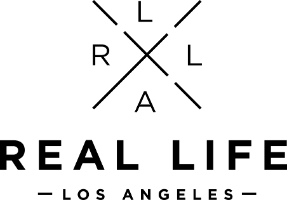
9 to 5, the Movie
Chesapeake and Ohio Canal workers rioted on this date, prompting President Jackson to send in troops. This was the first time American troops were used to suppress a domestic labor dispute. Workers were rebelling because of terrible working conditions and low pay. The canal project had been designed by George Washington and was intended to facilitate transportation of goods from the Chesapeake Bay to the Ohio River Valley. Construction teams were made up mostly of Irish, German, Dutch and black workers who toiled long hours for low wages in dangerous conditions. The use of federal troops set a dangerous precedent that gave business leaders the confidence that they could count on the federal government to quash labor unrest in the future. – 1834
6,000 railway workers struck to demand union recognition and an end to 18-hour workdays. Police and militia busted the strike. – 1889
After Firestone Tire & Rubber in Akron, Ohio arbitrarily fired a worker, workers staged a fifty-five-hour sit-down occupation of the plant.CLICK TO TWEETIt was one of three occupations of the largest tire companies that happened in January. The companies refused to recognize the United Rubber Workers of America union and ignored demands for fair work rules. – 1936
American Train Dispatchers Department were granted a charter by the AFL-CIO. – 1957
Dolly Parton hit number one on the record charts with the song 9 to 5, her anthem to the daily grind. – 1981
The Lilly Ledbetter Fair Pay Act of 2009 was the first bill signed into law by President Barack Obama, restoring the protection against pay discrimination that was stripped away by the U.S. Supreme Court’s decision in Ledbetter v. Goodyear Tire & Rubber Co. The gender wage gap continued. – 2009








No comments:
Post a Comment